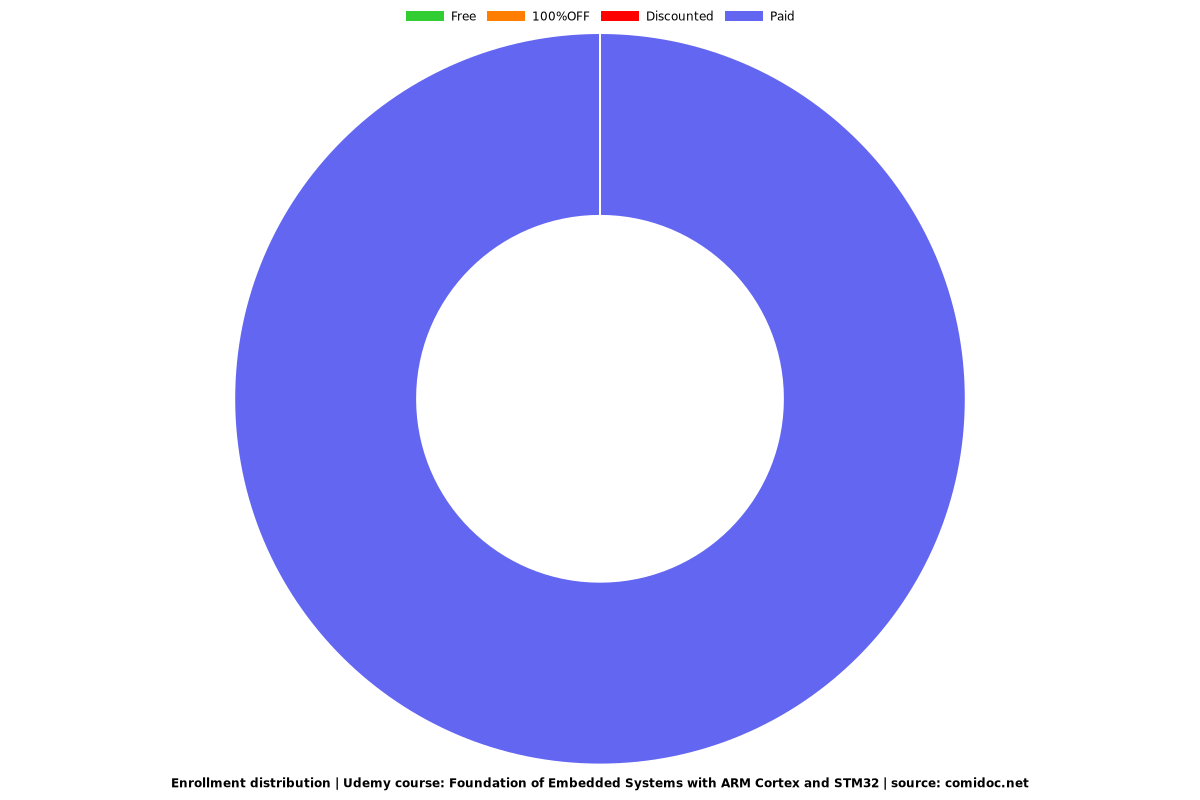Foundation of Embedded Systems with ARM Cortex and STM32
A 14 day proven course to a higher paying career in embedded systems, with deep understanding of ARM Cortex and STM32
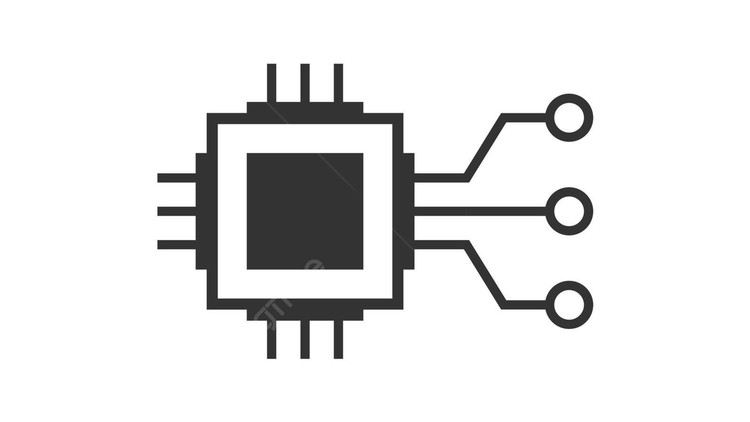
What you will learn
In-depth understanding of the ARM Cortex fundamentals
Set up a free and open source toolchain on your computer to program, flash and debug ARM based microcontrollers
Core register functionality like stack pointers, link registers, program counters, control registers, vector tables
Understand different types of exceptions on the ARM Cortex-M processor and what each of them mean
Understand different peripherals and how to program them
Hardware Abstraction Layer (HAL) Libraries and how to use them
Feel confident and comfortable programming applications on the Cortex-M platform
What is a programmers model and how it works for an ARM Cortex-M
Unprivileged and privileged software execution levels
Vector Table Offset Register (VTOR) and its uses
Big Endian Format vs Little Endian Format
OpenOCD (Open source debugger)
STCubeMX Application and how to generate HAL drivers
Why take this course?
✓ Do you like working with microcontrollers, sensors, and other embedded devices?
✓ Do you want a successful career in embedded systems, but can't find the right resources?
✓ Are you preparing for a job interview in embedded systems?
✓ Do you already have a career in embedded systems, but want to start working on more engaging projects?
This course on the "Foundations of embedded systems with ARM Cortex and STM32" is the right choice. Try it for 30 days with a no questions asked, money back guarantee, and you will thank yourself for making the right decision.
Your instructor
You will be learning the material from the best of the best in the industry. Akshay has over 10+ years of solid experience and has worked for companies like Tesla, on crucial projects for the Model S, X and 3 cars.
He has a passion for teaching, and once you've experienced his teaching style, it is hard to go anywhere else. He is patient with students, and understands the learning journey you will go through, and will be there to guide you along the way.
Akshay has been teaching since his first years at University and as won awards in teaching and entrepreneurship.
In one sentence, how is this course different from other embedded systems courses?
If you are looking for a course that is built from the ground-up with quality in mind, proven to make you successful in embedded systems, this is it.
What hardware is needed for this course?
The instructor is using a STM32 Nucleo development board for this course. However, you are free to choose any ARM Cortex board you wish to. The learning from the content is transferable across different platforms.
You can choose to develop on Windows, Linux or Mac as per your preference. All 3 are supported in this course.
Your 14 day journey to success
We recommend spreading out the content of the course over 14 days as it has proven to maximise your learning, giving you a chance to absorb the information and practice hands-on as you go.
Section 1 - You will learn about the ARM Cortex architecture. Understanding this will allow you to select the right microcontroller for your project. With the deep understanding of ARM Cortex architecture, you will also be able to debug applications like a pro!
Section 2 - The ARM Cortex programmers model, is hardly taught anywhere but such a crucial piece to understanding how the processor functions and how the C code that you write interfaces with the hardware after compilation.
Section 3 - The ARM Cortex exception model and vector table is an important step to understanding how the working of the processor when things don't go as intended. In embedded systems, exceptions need to be handled elegantly in order to produce a safe functioning product!
Section 4 - ARM Cortex blocks like the System Control Block, Floating point unit, bus interfaces will be covered. This will give you an understanding of how core blocks inside the microcontroller are connected to each other and their usefulness.
Section 5 - The first and an important step for a project is to be able to choose the right microcontroller. You will need to take all sorts of considerations into mind before making the choice. Making the right choice here will make your project successful in the short term and the long term as well.
Section 6 - Peripherals let the processor talk to the outside world. When developing applications for microcontrollers, every project you will work on will interface to one or more of these peripherals. Having this understanding will allow you to successfully interface devices with the microcontroller.
Section 7 - Special features of the microcontroller, go through 3 unique features that you will most likely be interfacing with in your projects.
Section 8 - Hands-on lab to set up your computer with a development environment that will run on Windows, Linux or Mac. Having this setup will allow you to work on the lab exercises in this course and on your projects after course completion.
Section 9 - Understanding UART communication is immensely important, and almost every embedded job interview will ask you a question about it. You will be able to become a pro at UART and interface all kinds of devices with the microcontroller after working on the lab exercises included with the course.
Section 10 - I2C communication runs over 2 wires and is used extensively in a lot of embeded devices. The lectures and timed challenge lab exercise for I2C will train you to be a professional in this communication interface. Having this understanding will allow you to interface with millions of I2C devices available in the market and use them for your projects.
Section 11 - GPIO is a peripheral that will definitely be in every single application you work on. With the hands-on learning in this section, you will understand different ways in which ports and pins can be setup to allow you to interface various types of devices with the GPIO peripheral.
Section 12 - DAC and TIM peripherals will open the world of timing, and digital to analog conversion for you. This is an extensive area where microcontrollers are used and the lab exercises included in this section will give you an excellent understanding of how these two peripherals can be used in your custom application.
Section 13 - These days we just download an IDE and are good to go. But have you ever wondered what the different components inside an IDE (Integrated development environment) are? Going through these exercises will allow you to get that understanding which will make debugging so much easier going forward. Understanding the development environment from ground-up allows you to be confident when things go wrong.
Section 14 - We talk about the next steps and a continued learning program to allow you to take the learnings from this course and continue to apply them in future projects. We also talk about how you can use the information learned in this course to guarantee a successful career in embedded systems.
Screenshots

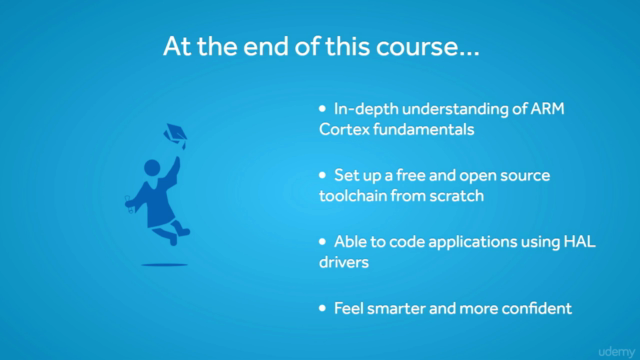
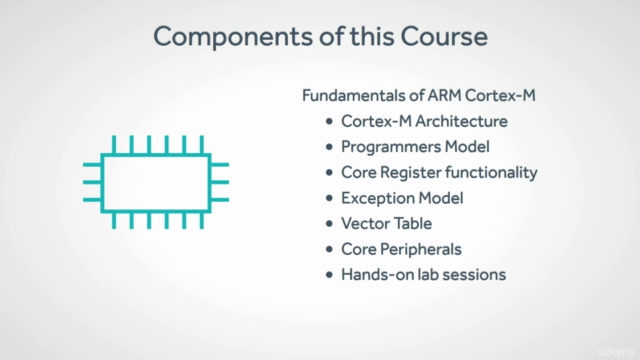

Reviews
Charts
Price
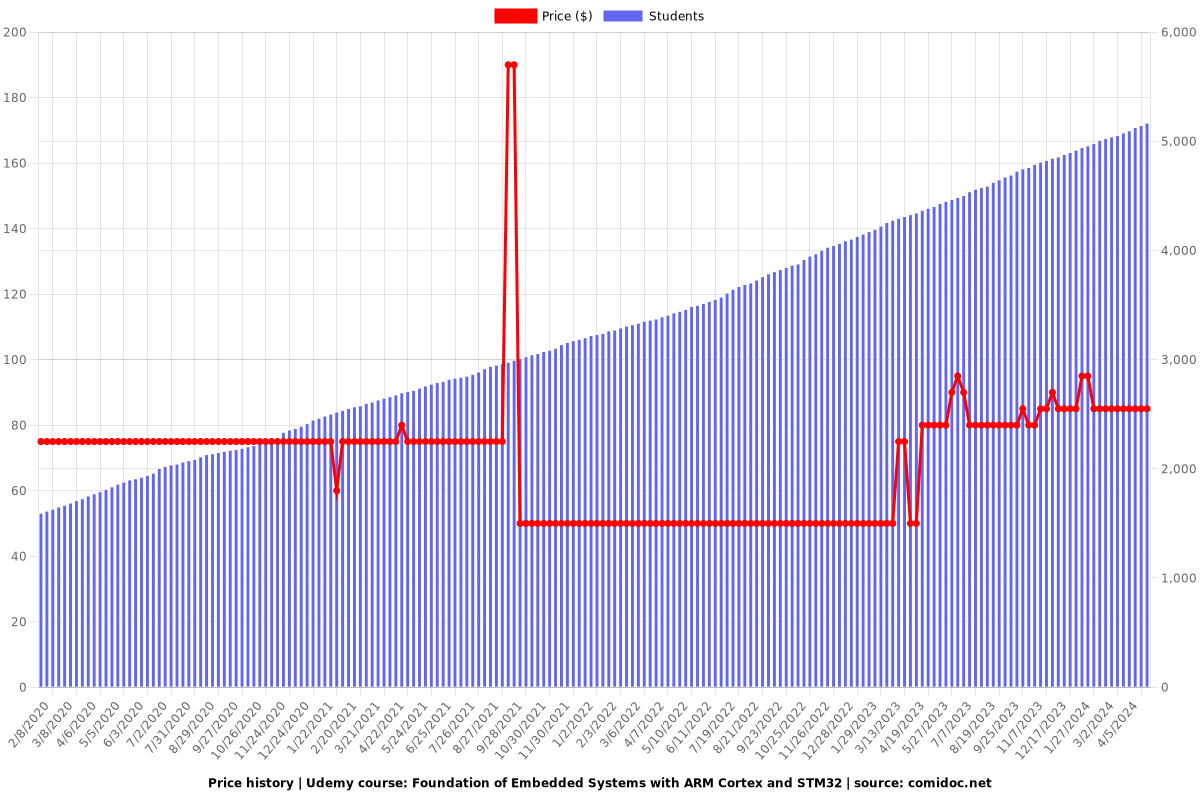
Rating
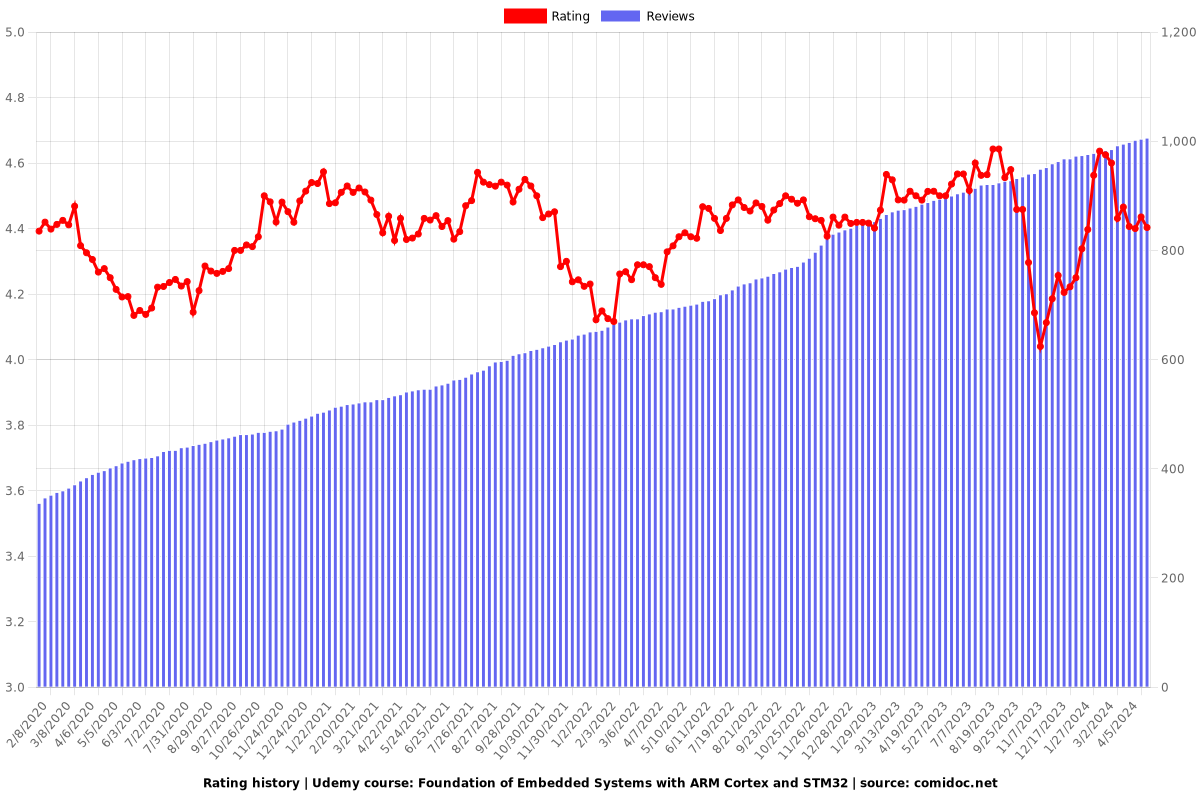
Enrollment distribution
